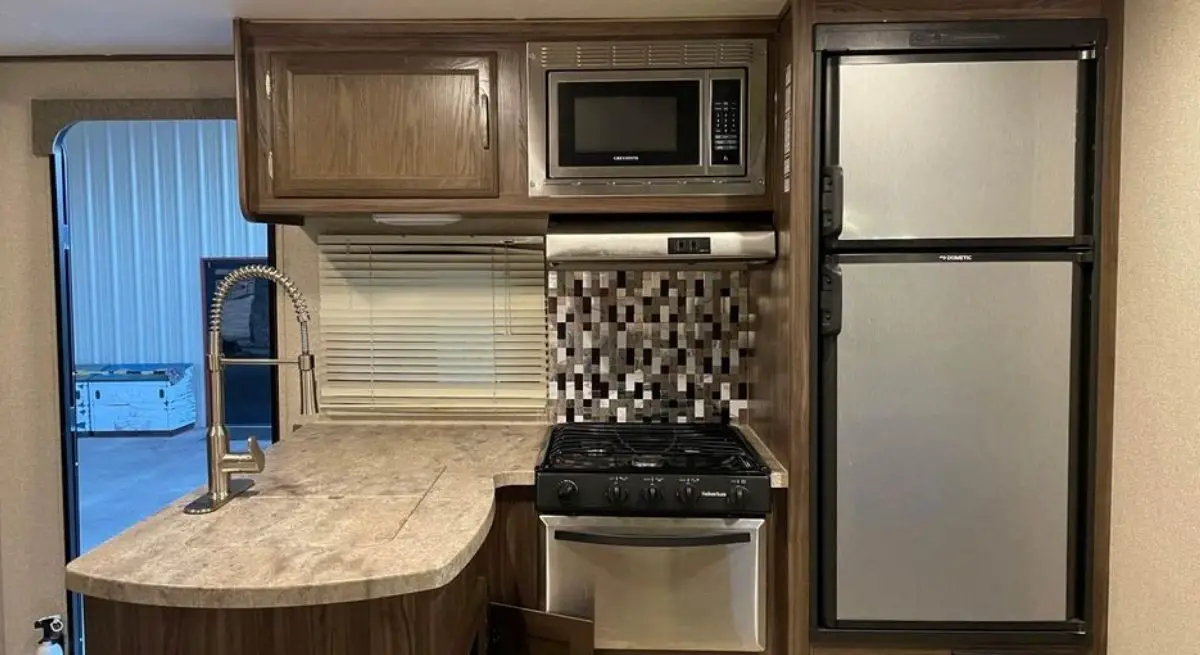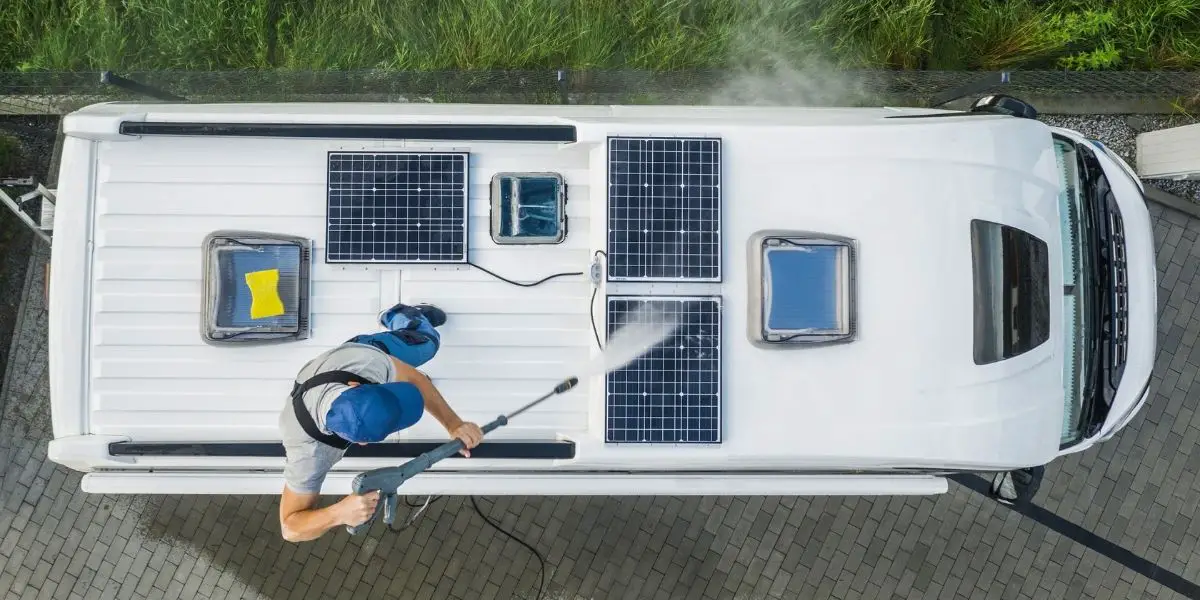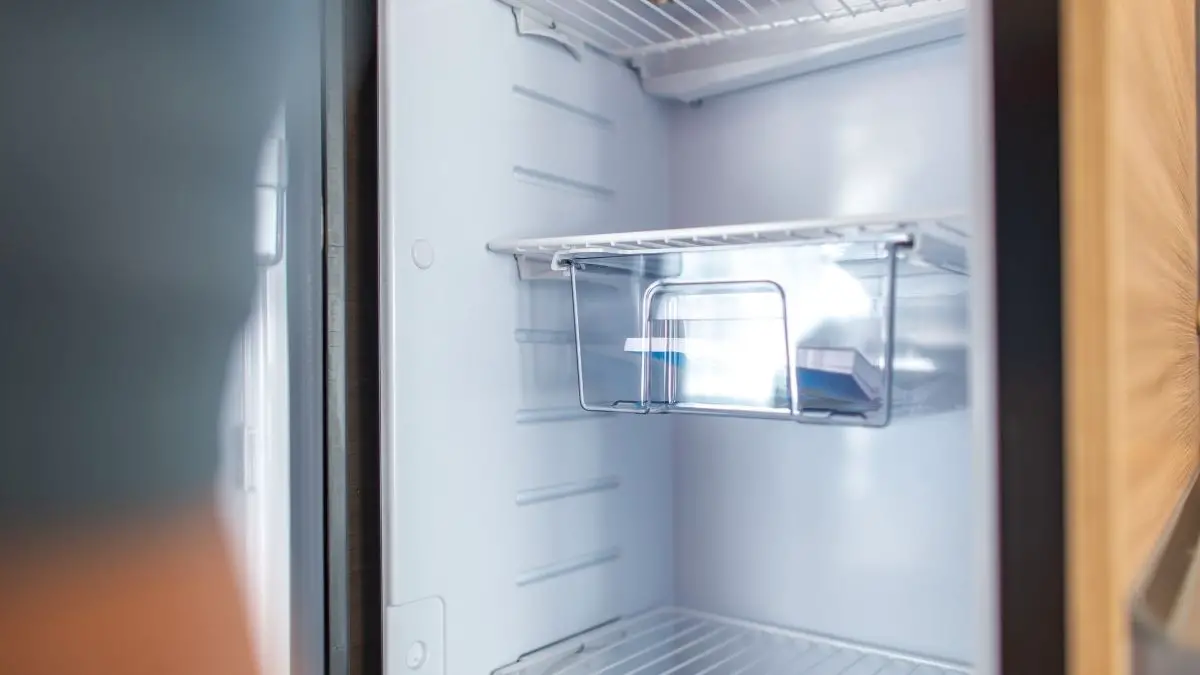There are different types of refrigerators used in RVs. Absorption fridges, compressor refrigerators and thermoelectric coolers are the most common ones, while some RVs use residential refrigerators. RV refrigerators are designed to be sturdier and operate on different sources: (1) propane, (2) 110v or 220v AC, (3) 12v or 24v DC, and also have different refrigerants and cooling mechanisms.
A combination of these sources has given rise to the “two-way” and “three-way” refrigerators. There are Two-Way Absorption fridges that can run on LPG and AC, and also Two-Way Compressor fridges that operate on 12/24V DC or 240v AC (which are usually more energy efficient).
Three-way RV fridges can operate on LPG, 12/24V DC, and 110 or 240V AC. These options help give the flexibility to use the RV refrigerator, whether if one’s plugged-in to a pedestal or boondocking (using propane, battery &/or solar panels). Because the newer fridges come in different styles and sizes, understanding how each refrigerator works helps identify, use and care for each type properly:
What Is A Camper Absorption Refrigerator?
Absorption fridges are one of the most popular RV fridges. It relies on a thermochemical reaction to make the refrigerant (ammonia) undergo three different phases to remove heat from inside the fridge. Because of this, it has a closed system and has no moving parts in the slow-cooling process. This requires the fridge to be pre-cooled at least 24 hours before use.
Some models can reach an internal optimum temperature in 8h, depending on the ambient temperature (it’s less effective in warmer temperatures). The fridge needs to be level for it to work properly since it’s prone to leaking. It also requires external ventilation (due to the flame) since the fumes are toxic. These are key points why most suggest to have the unit off while traveling.
Absorption refrigerators may not be as efficient as compressor fridges, but they can run on 2-3 different fuel sources (propane, AC &/or DC). This makes it appealing for off-grid camping/boondocking and provides the flexibility to choose which is the most economical &/or available fuel. Propane is more cost effective for long-term camping due to the longer running time and low noise levels.
Prices of absorption fridges will depend on the brand, model and size, and range between USD$570 – USD$3000.
What Is A RV Compressor Refrigerator?
RV compressor refrigerators are sturdier and can run on either AC/DC power, comparable to residential refrigerators. Compressor fridges uses a motor to compress the HCFC or HFC (R134a) the refrigerant through a bunch of coiled copper tubes there by changing the liquid to gas, and then back to liquid again, while drawing out the heat out of the fridge and freezer cavities.
Compressor fridges are seven times more efficient at cooling than absorbent fridges as it is a mechanical process. It’s considered a fast-cooling system since it can reach its optimum temp in 2.5h, regardless of the ambient temperature, and it has medium to low noise levels.
They also work better at cooling in higher ambient temperatures. Despite the higher amp usage, better battery technology and solar panels can reduce its impact. Compressor fridges do not require the camper to be level to use unlike absorbent fridges. Nor does it require ventilation as it does not use propane as a fuel source.
Prices for upright RV compressor fridges will depend on the size, make and model, and will start from USD$500 – USD$2000. This should not be confused with the compressor coolers/refrigerators/freezers like Dometic, Norcold & Furrion since they’re the size of ice chests.
What Is A Thermoelectric Cooler?
The 12v DC thermoelectric coolers use a Peltier module to cool the air inside. The Peltier module has a thermoelectric plate that lowers the temperature when an electric current passes between two different semiconductors (bismuth to the telluride). This means one side of the plate will get cooled down, while the other side will be heated by the Peltier effect. Thermocouples are connected in between the two plates, which are directly in contact with a fan to distribute the cool air, and a heat sink.
Thermoelectric coolers are compact, making them portable, and easy to plug-into your car/truck or RV (some even have solar panel charging). Some coolers may consume more power (between 20 – 60amp hours, or 3-5amps) from your battery. Since the coolers aren’t thermostat controlled, they can only hold an internal temperature of 4°C (40°F) less than the ambient temperature.
Prices of thermoelectric coolers will depend on the size, make and model, and will start from USD$54.99 (4L) – USD$595 (42L) upward. This makes it ideal to keep drinks cool during short trips compared to an ice chest.
What Is A Residential Refrigerator (In An RV)?
Residential refrigerators are the same type as the ones you have at home. It has a compressor that runs on 120v AC power. To use it, the RV has to have a consistent AC power source like when connected to a campsite pedestal. If boondocking, one can use an inverter and a spare battery (&/or solar panels) to power the refrigerator.
They’re usually cheaper, more spacious, and can maintain the temperature regardless of the ambient temperature. Because they’re prone to opening up/jiggling during travel, they tend to be less durable, making their life expectancy on the road less than average. Short-term benefits of using a residential refrigerator is the cheaper upfront cost and the capacity it can hold. It’s a good option for families who need more fridge space and plan to connect to AC power via campsites/RV parks/homes.
Depending on how they’re used, one of the long-term downsides is that it may have more maintenance expenses. The cost of any major repair may be more expensive than getting a brand new one.
The price will depend on the size, make and model, and can start from USD$1,249 (21.4 ft3) to USD$2,649 (26 ft3).
How Can You Identify What Kind Of Fridge Is In My RV?
Refrigerators can be identified based on its external & internal features and cooling mechanisms, or it can be stated in the User Manual. Basing it on looks alone isn’t as straightforward as before since there are now compact compressor refrigerators/freezers (like Dometic, Norcold & Furrion) that look like coolers.
On the inside, if you see aluminum fins, then you have an absorption fridge. The back side of the fridge will have the cooling mechanism. If you see a flue/burner, it means it’s an absorption fridge. If you see a closed system with a compressor, then you have a compressor fridge. At first glance the overall build/frame of some regularly sized upright RV fridges, may be thicker and/or have locks. This sets RV refrigerators apart from residential refrigerators which often don’t have any locks.
The locks are a design feature intended to keep the fridge door from opening while in transit. Depending on the fridge make and model, the switch to choose between the power sources (propane, AC &/or DC) may be found on the side or back. This will help determine if it’s a two- or three-way fridge, and what fuel sources it can run on. Some compressor fridge/freezer chests will have a built-in battery, and an option to connect via 100-240v AC, to 12/24v DC via the cigarette lighter socket and some models may have solar panels.
Below is a summary table comparing the three common RV refrigerators:
| Absorption | Compressor | Thermoelectric | |
| Performance Features | Slow cooling | Fast cooling | Cooler than ambient temperature; not temperature controlled |
| External Features | No compressor | Has a compressor | No compressor Lightweight |
| Internal Features | Has cooling fins | No cooling fins | No cooling fins |
| Powered by | Propane, AC &/or DC | AC/DC | AC/DC |
| Plug | Can be connected to propane, AC, DC outlet | Can be plugged into AC or DC outlet | Can be plugged into AC or DC outlet |
| Operation | Has to be level to operate chemical Process | Can run in uneven terrain Mechanical Process | Electrical process |
| Noise Level | Low | Medium | Low to none |
How An Absorption Fridge Work?
The heat (either from a propane flame, or a heating coil when on AC power or DC battery) boils the refrigerant inside the generator, so it evaporates and moves into the condenser. Due to the low pressure of the hydrogen in the condenser, the ammonia expands creating a cooling reaction inside the evaporator. A fan blows on the evaporator to circulates the cold air inside the refrigerator via aluminum fins. The ammonia then gets dissolved (not the hydrogen) with water in the absorber so it can go back to the generator. There are three phases in an Absorption Fridge:
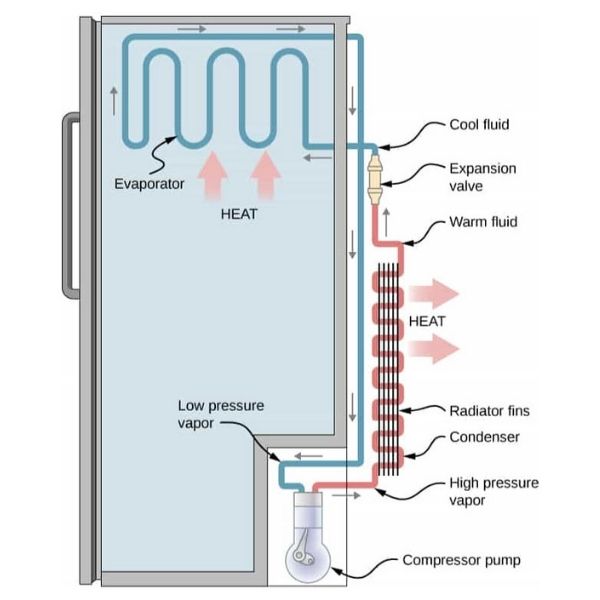
- Evaporation phase: The refrigerant (ammonia, water, and sodium chromate) is heated inside the generator (by either an LPG flame, 120v AC or 12v DC current) and the ammonia is separated from the water and sodium chromate solution. The ammonia evaporates in the tube and travels through the coils into the condenser.
- Absorption phase: Since the condenser is filled with hydrogen (which lowers the pressure), the ammonia gases cools and falls through the condensation where the fins are in the back of the fridge. As the ammonia falls in the tube it recombines with the water and sodium chromate solution on the outside of the fridge. The ammonia then expands quickly creating a cooling reaction inside the evaporator.
- Reheating phase: The fan blowing on the evaporator then circulates the cold air inside the refrigerator. The absorber trickles water through the evaporator, dissolving only the ammonia so it can go back to the start of the cycle. As the liquid recombines and falls, it is then reheated again and step one is repeated again when heat is applied to the liquid.
How Does A Compressor Fridge Work In An RV?
A compressor refrigerator works by utilizing the thermochemical reaction when the refrigerant (HFC) switches from liquid to gas and vice versa (also called the “vapor compression cycle”). This occurs when pressure increases (inside the Compressor), which then increases the temperature, and vice versa (in the Expansion valve).
Starting from the Receiver, the unused high-pressure liquid refrigerant goes up the liquid line, to the Expansion Valve, where pressure is released. Because the refrigerant at this point is cold, it will pull out any heat from inside the refrigerator box to the Evaporator. As this happens, the refrigerant starts to boil and gets converted from a liquid to a gas.
This gas now goes into the Compressor which, once inside, a piston presses the gas in a compartment, increasing the pressure & temperature. The hot gas moves out of the compressor and into the Condenser, the heat gets released and starts changing the gas back into a liquid, which will get collected in the Receiver.
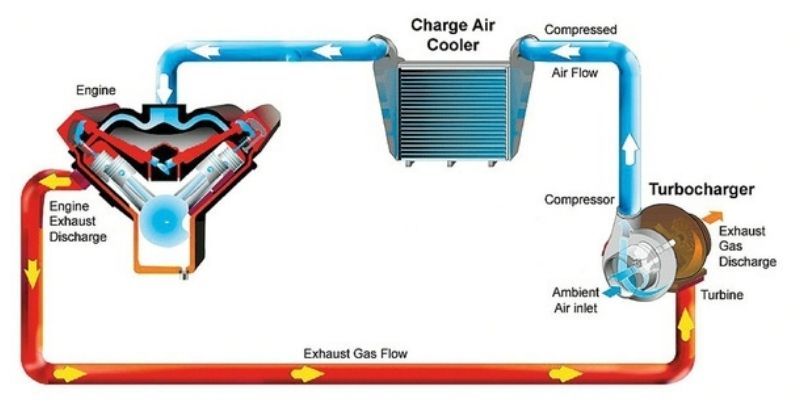
Some compressor refrigerators also have additional components – like a Filter Dryer which has a desiccant to help remove water from the refrigerant (which can clog the piping system).


